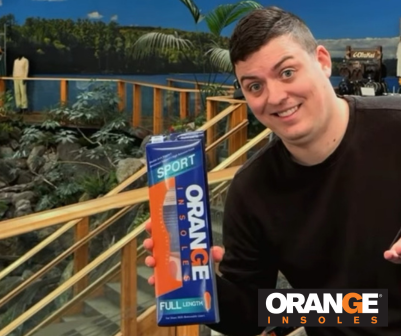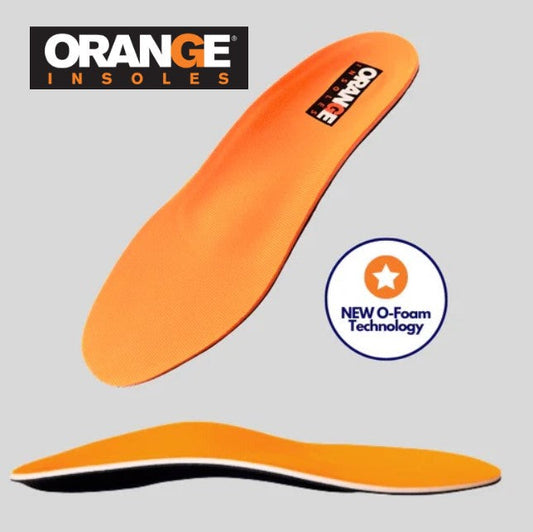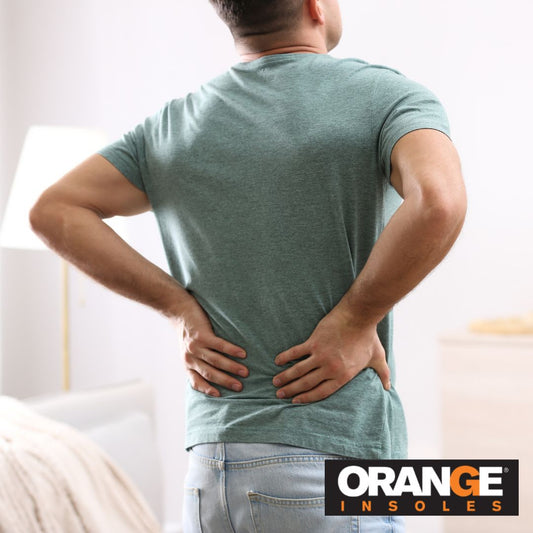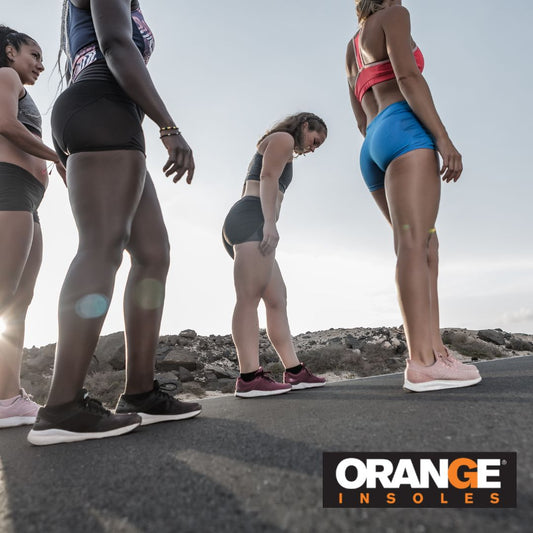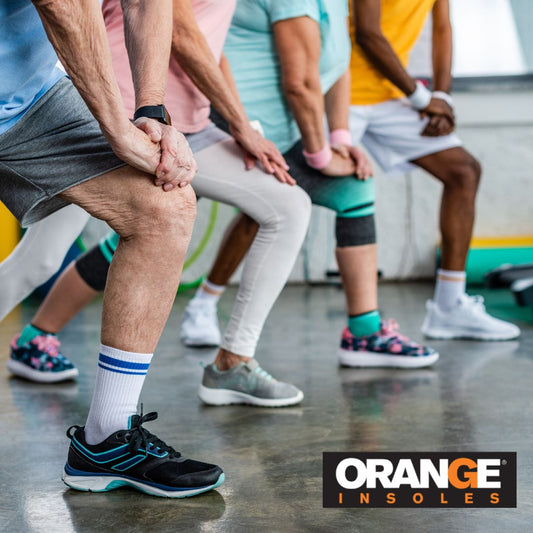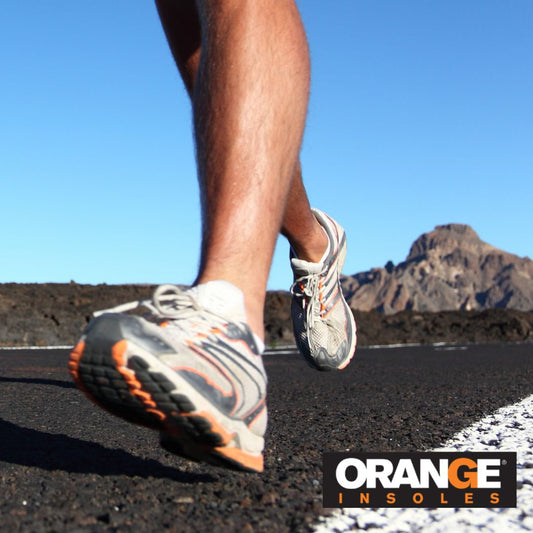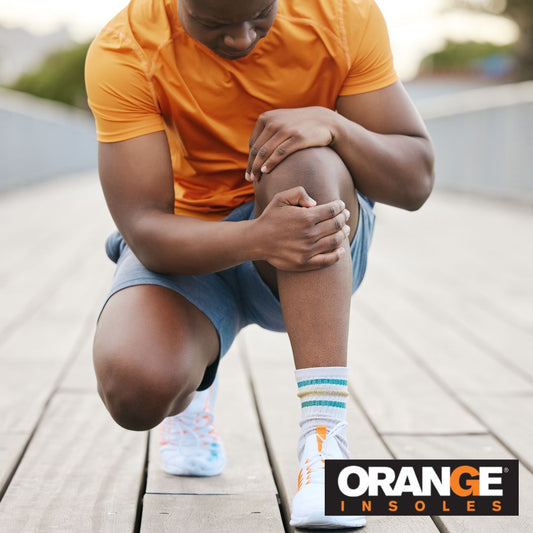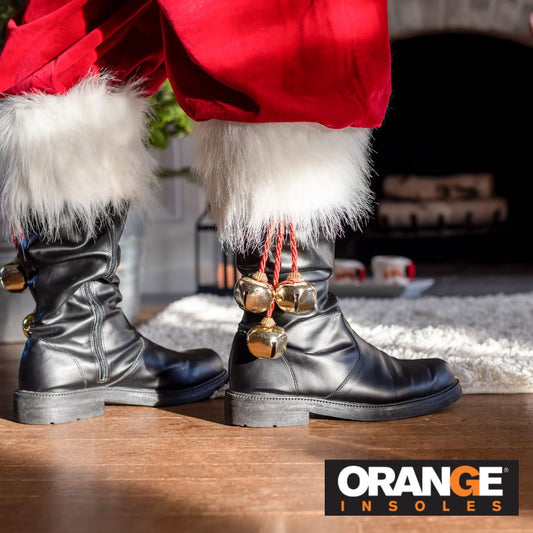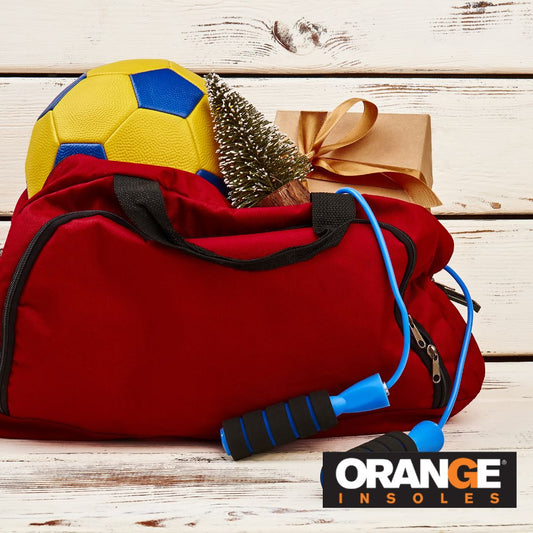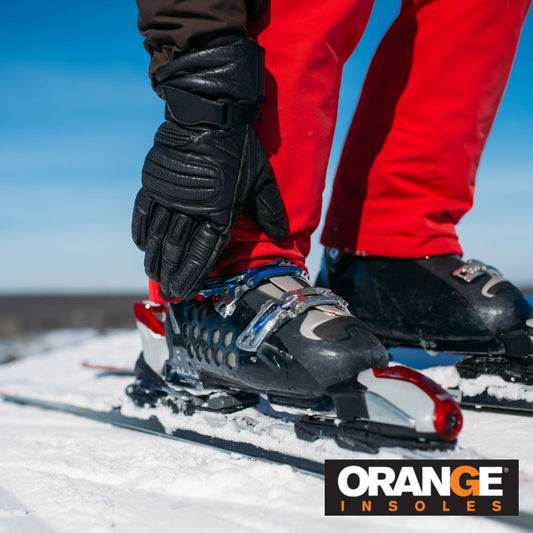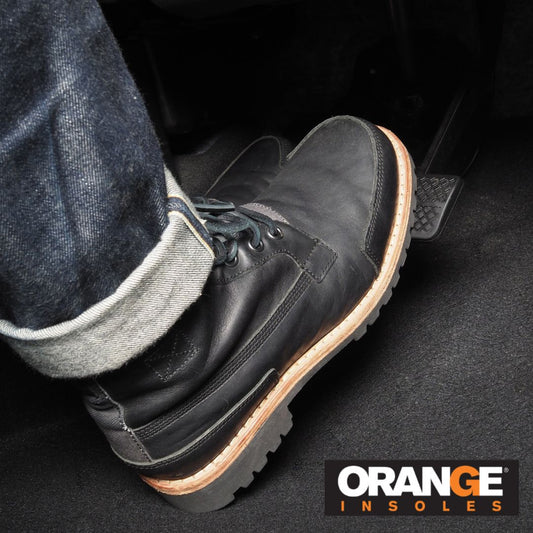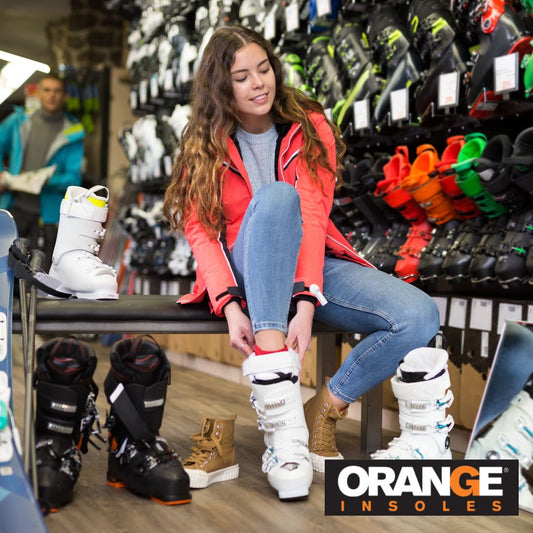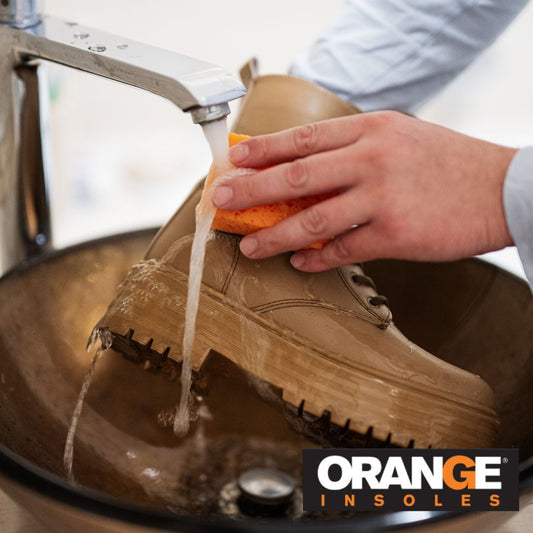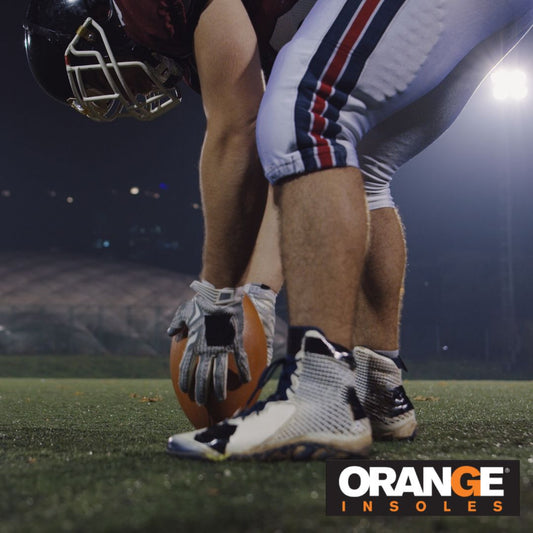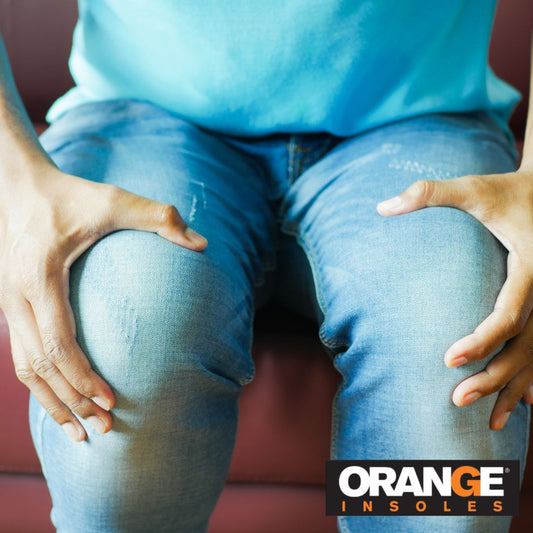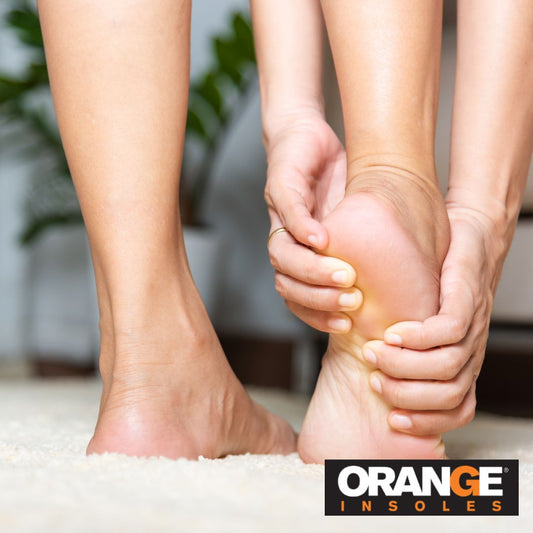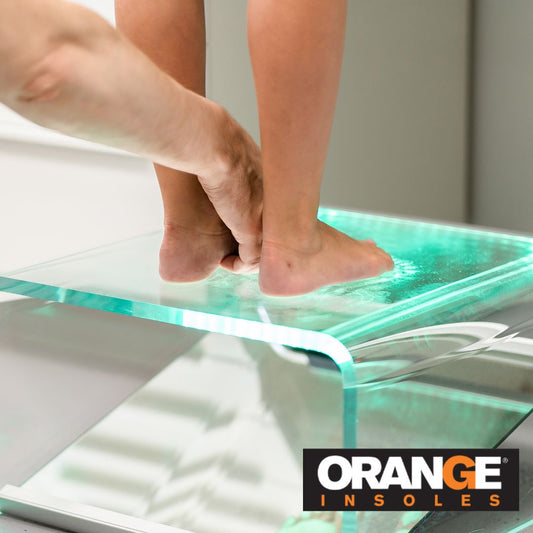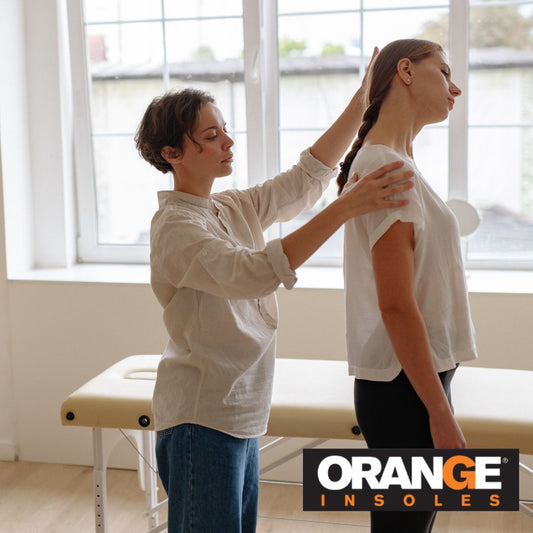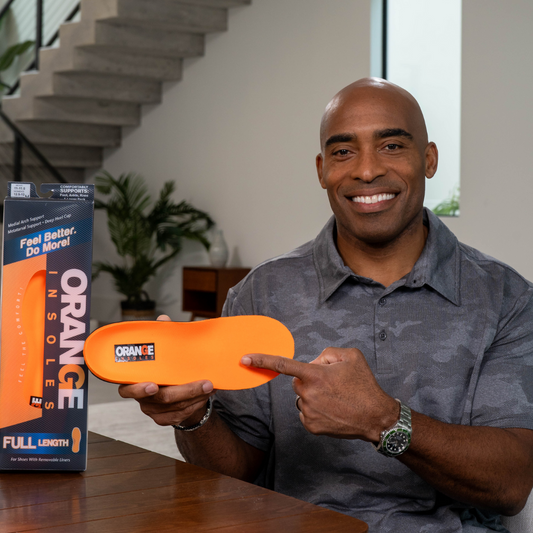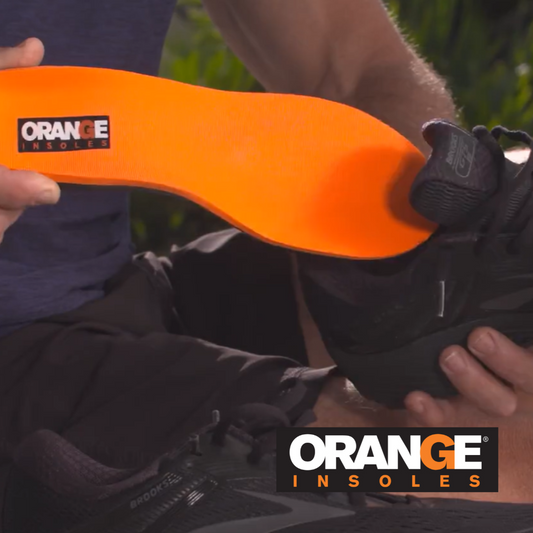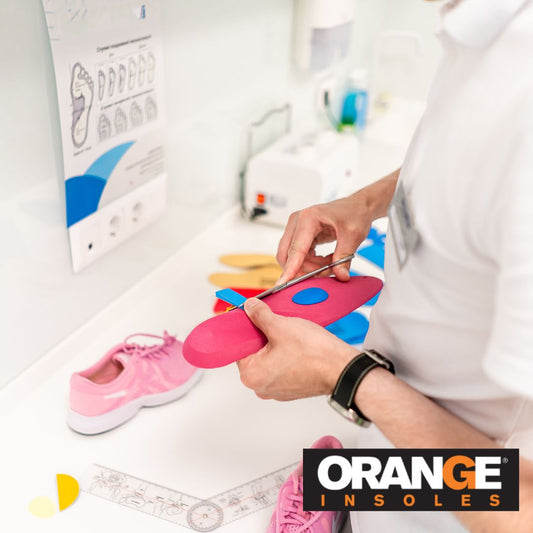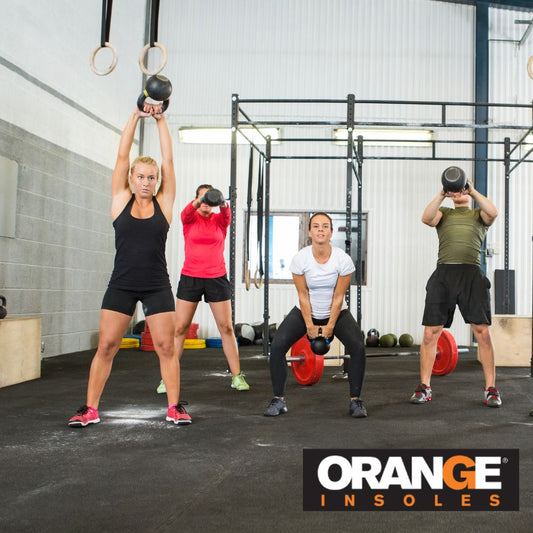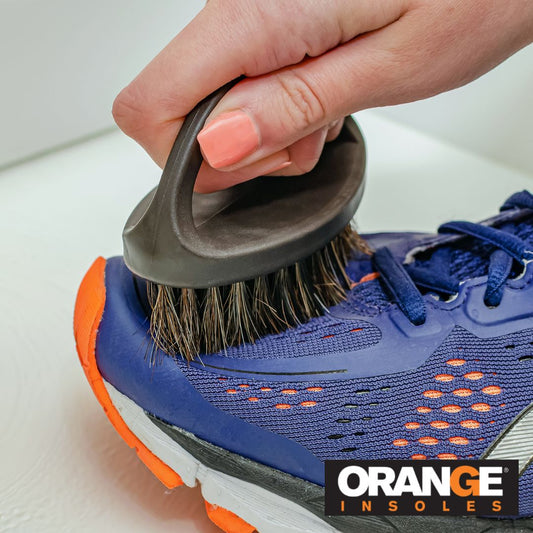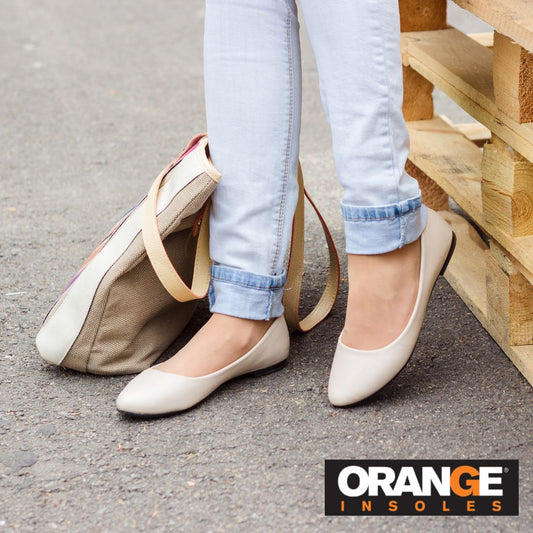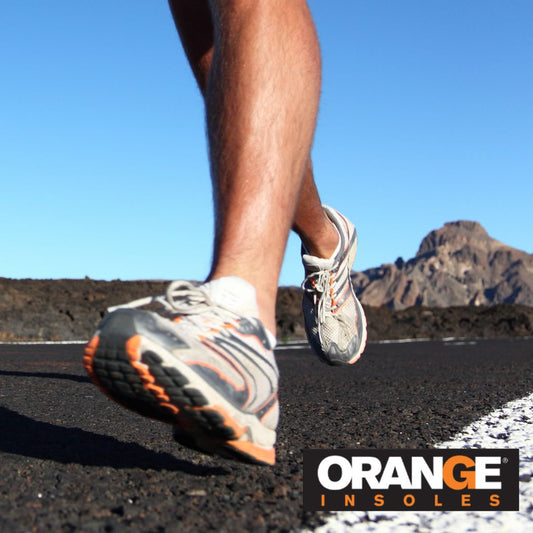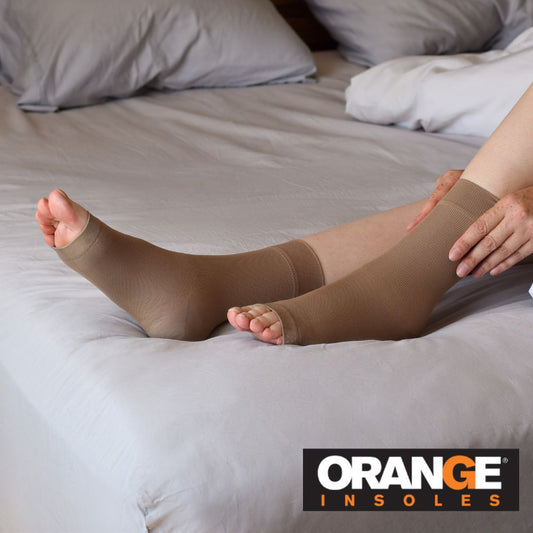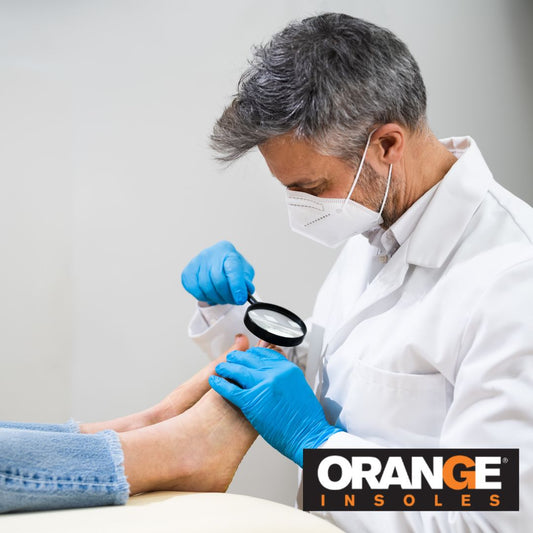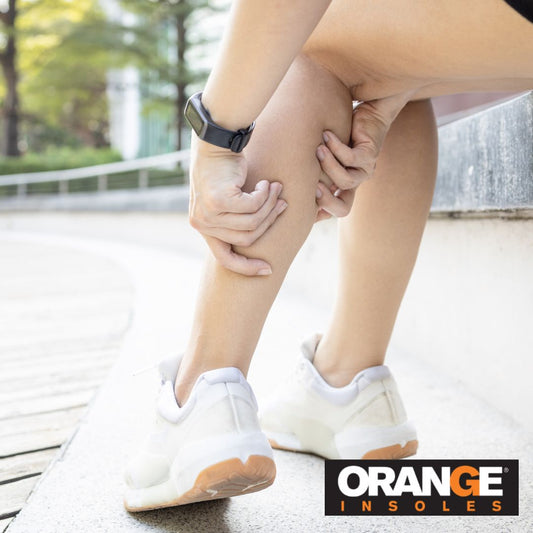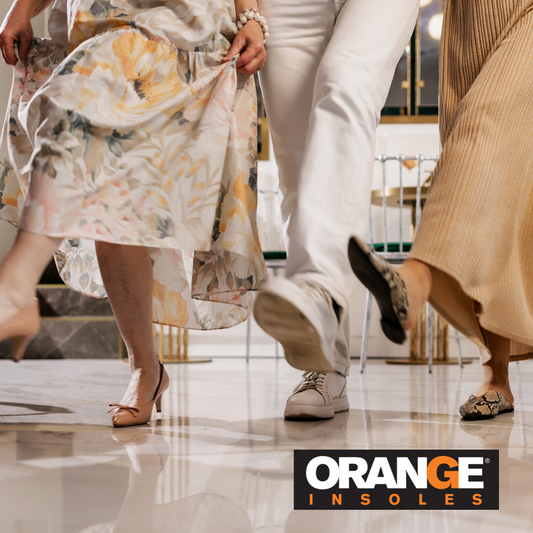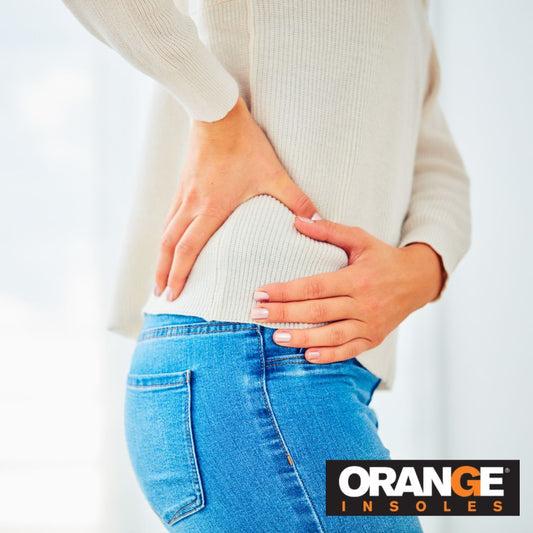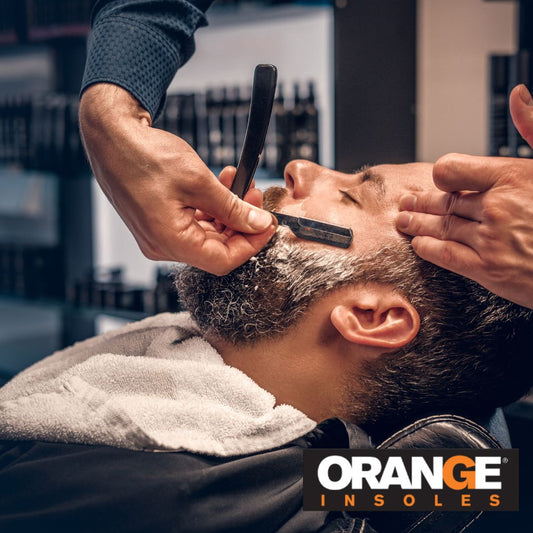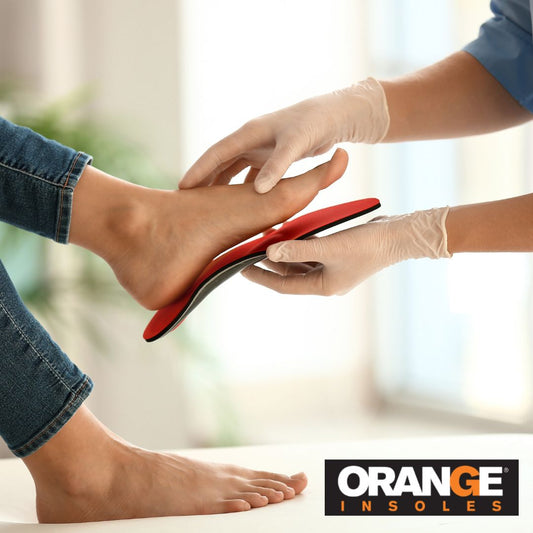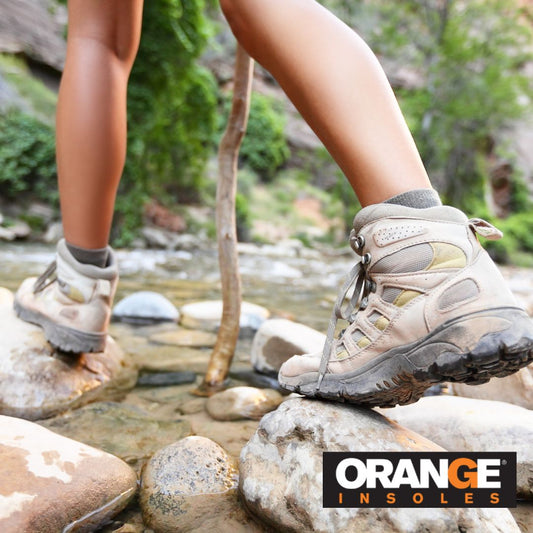Selecting the right footwear is a crucial for pain-free living, but it's even more important when it comes to athletic performance. Wearing the wrong shoes when running or playing sports can lead to reduced levels of performance, compromised comfort, and long-term posture and health problems.
Here are a few things to consider when choosing the right athletic shoe.
How Are You Moving?
When taking on any physical sporting challenge, you want a shoe that will help you to move across the surface easily and effectively. Generally speaking, your movements will fall into one of two categories:
- Lateral movement - That is, forward, back, and side-to side (think tennis or basketball movements)
- Up & Down or Straightforward – Where you’ll only need to move up and down or in straight forward lines (think about running and jogging movements).
Shoes manufactured for lateral movements generally have extra stitching that adds some weight and reduces flexibility in the forefoot. The reinforcement within the forefoot is designed to keep the foot in a central area even when moving side to side in order to reduce the threat of injuries.
In many cases, the midsole is also reduced, so that the athlete can be closer to the ground. Being closer to the ground allows you to add stability and “feel” the ground more, so that your actions can be more explosive.
Conversely, athletic shoes manufactured for up and down movement generally have a more open forefoot space, which leads to more flexibility. This is great for making sure you’re running with good form and that you have the proper support for more sustained activity. If you haven’t before, check out our guide on choosing good running shoes.
Where are you moving?
Different sports call for different shoes, not just because of the relevant support they provide, but also because different environments call for different materials.
Running outdoors on a trail is very different than small bursts on a raquetball court.
To account for the environment, you want to make sure your athletic shoes have good outsoles. The outsole is the part of the shoe that comes into contact with the ground. As such, they will have a large impact on every step you take on the field, court, or road.
Therefore, it’s important to choose the right type of rubber.
Rubber commonly falls into four categories:
- Plain ol’ rubber – Offers durability and traction and will be suited to various indoor court and racket sports. This is the most common option.
- High-density rubber – With added durability and weight, these soles offer great stability but poor grip on wood flooring. They are best used for sports like tennis.
- Gum rubber – This type provides great grip on wood floors and courts. The light, soft, tackier rubber is great for volleyball and handball, although the reduced durability is a poor choice for cement.
- Carbon rubber – Carbon is great for durability and longevity, making it an ideal choice for running. The combination of carbon and rubber is ideal for sustained activity.
What are you doing?
Even when playing on the same types of surfaces, your choice of sport may make a big difference when choosing your shoe. After all, a basketball player will choose a different shoe than a racquetball player and a pickleball player will choose a different show than a runner. Making sure you have the ability to move without sacrificing support is largely dependent on what you’re doing.
You should also take the intensity of your workouts into account. While an occasional weight lifter could get away lifting with standard running shoes, those consistently lifting heavy weights might want a shoe that keeps them closer to the ground for better support.
At the end of the day, you’re trying to balance flexibility for performance with support for safety.
Do you have any special health issues?
It’s important to remember that no two athletes are alike. The right choice of footwear can be influenced by your height and weight, how often you exercise, and various other issues.
For example, diabetics need to think especially hard about footcare and may require special footwear with fewer seams. People with chronic hip pain may need special support for alignment.
Regardless of what you choose, make sure you get measured and get the right fit whenever you make a purchase. This will allow you to speak with someone about the right shoe for your activity and help to prevent the risk of injury.
Exercise is fun and an important part of life. Wearing the right footwear for the right activity will allow you to perform better, feel better, and do more. Hmm, now where have we heard that motto before…?







